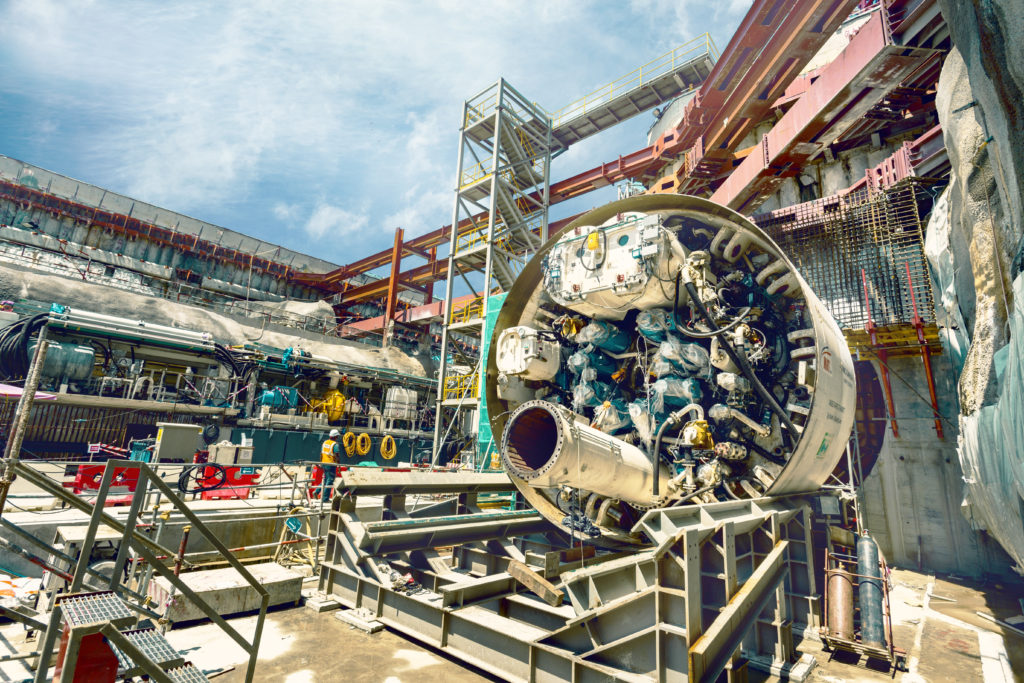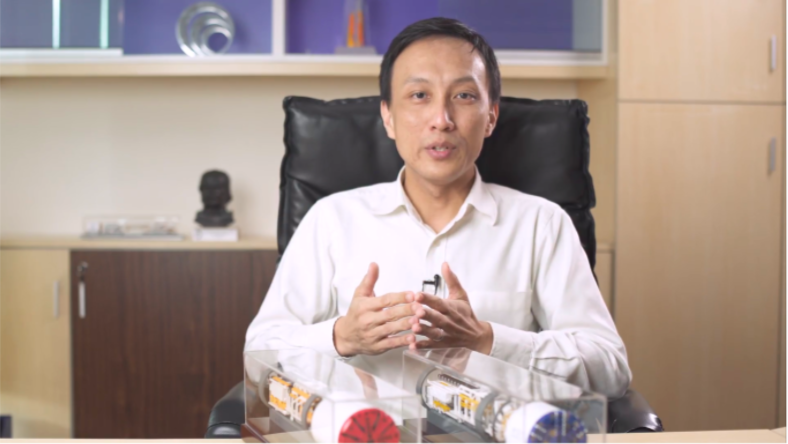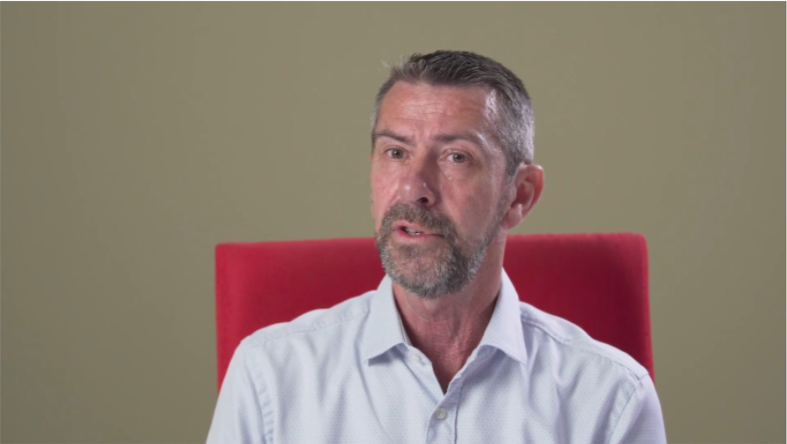Tunnelling Innovations for the Present & Future

Founded in 1974, the International Tunnelling and Underground Space Association (ITA) is a key international organisation that pursues to motivate the utilisation of the subsurface to gain public, environment and sustainable development, as well as encourage improvement in planning, design, construction, maintenance and safety of tunnels and underground space.
Yearly, ITA holds its General Assembly and the World Tunnel Congress (WTC) to promote knowledge-sharing and technological advancement in the world of tunnelling and underground space, as well as to deliberate the association’s affairs amongst its members. This year, under the aegis of The Institution of Engineers Malaysia (IEM), Malaysia hosted the virtual WTC 2020, recently concluded in September.
The WTC 2020 is a fantastic opportunity for the engineering community in Malaysia as it highlights the brilliance and scope of our tunnelling expertise onto the intercontinental scope. Malaysia’s tunnelling icons include the 9.7km, world’s first dual-purpose Stormwater and Road Management Tunnel (SMART) and Malaysia’s Mass Rapid Transit (MRT) projects – MRT Kajang and Putrajaya Lines. These mega infrastructure projects have given birth to many tunnelling innovations such as the Variable Density Tunnel Boring Machine (VD-TBM) and the Autonomous Tunnel Boring Machine (A-TBM).
The congress highlighted about 300 technical presentations and talks, spotlighting the theme – “Innovation and Sustainable Underground Serving Global Connectivity”. By moving to virtual sessions, it becomes interactive as participants get to engage with speakers and presenters and ask them questions. MMC Gamuda KVMRT (T) Sdn Bhd (MGKT) joined the congress and shared our expertise and best practices on tunnelling and digital construction to the attendees.
Ng Hau Wei, MMC Gamuda’s Deputy Project Director presented and shared his experiences overcoming the geological issues that led to the development of the A-TBM. Hau Wei put together a team of young, dynamic and experienced engineers and programmers to work on the A-TBM, in order to complete the MRT Putrajaya Line in a safe and timely manner. He presented the A-TBM in detail, especially its utilisation of A.I. algorithms and how data from previous projects became one of the key successes for the development and improvement of the A-TBM.

Christopher John Fenton, Head of Safety, Health & Environment at MMC Gamuda, presented on the safety challenges of building a new underground mass transit infrastructure in Kuala Lumpur and the strategy that was adopted to overcome it. The strategies presented also highlighted the competencies and training programmes to upskill our employees in technical and safety, health and environment-related competencies, such as the Construction Skill Certification Scheme (CSCS), following the UK’s Construction Industry Training Board (CITB) syllabus and examination criteria.
For a leading industry performance and international standard, MMC Gamuda engages with British Safety Council to audit its safety and risk and for three consecutive years, since 2017, we have received 5 stars for our operation standards.

Our Head of Geotechnical Ir., Dr. Ooi Lean Hock talks about several local case histories where we have encountered concerns and exactly how we managed to address and mitigate these tunnelling-risk concerns. These case studies presented touches on the physical obstructions pre-existing to the foundations for tunnelling sites and talks in-depth on how each problem was solved to ensure the structural integrity and also the safety of the operators tunnelling beneath.

Although the format of the congress was virtual, objectives of the conference were achieved nonetheless as technology has removed the geographical and physical limitations for this transaction of knowledge.

